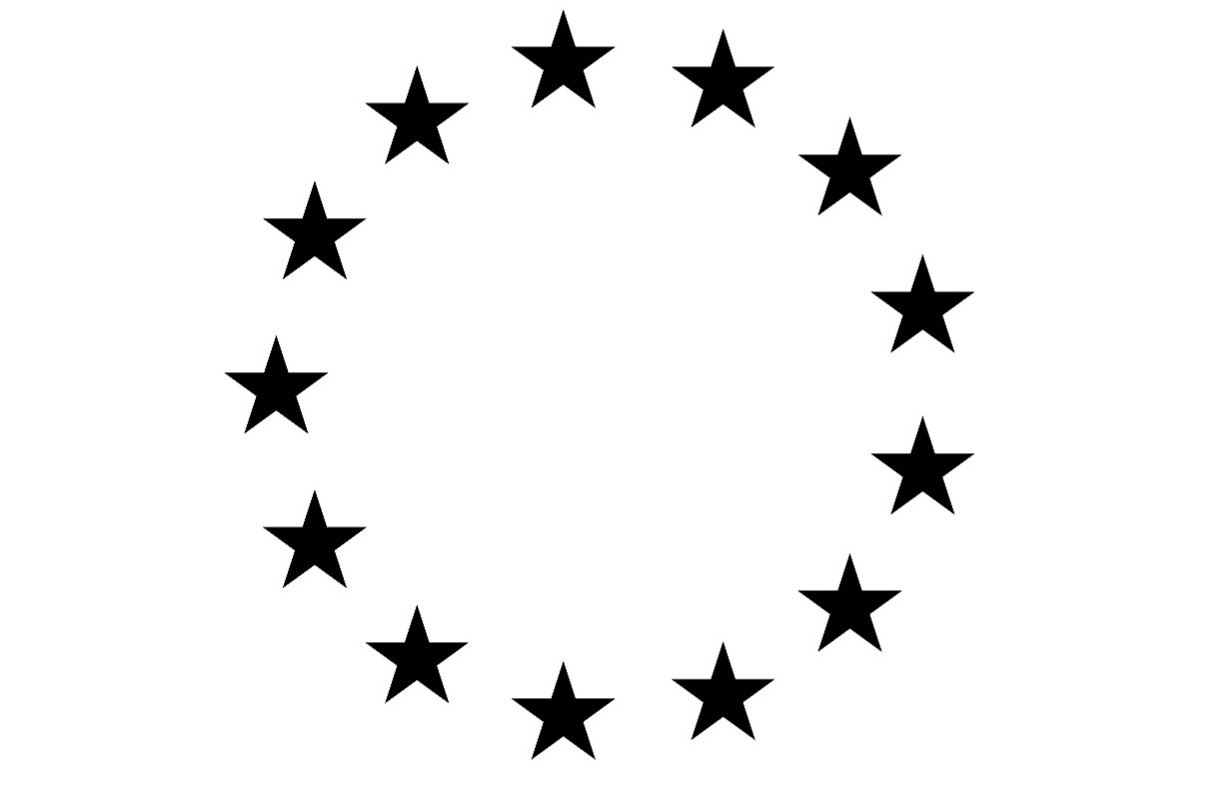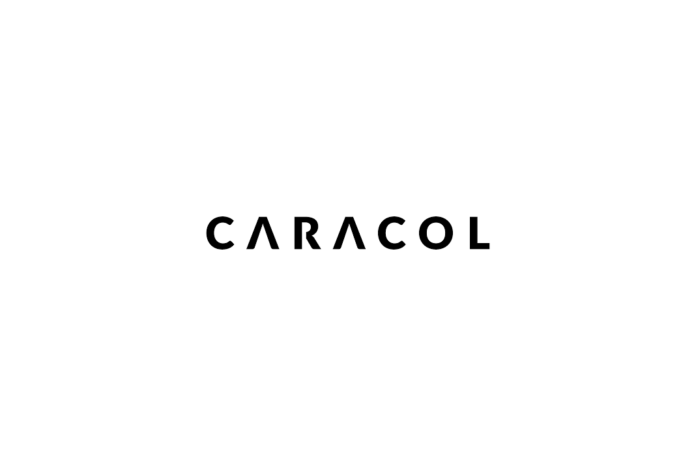Italy-based, Caracol sells large-format 3D printers (LFAM) & manufacturing-as-a-service to clients in aerospace (e.g. Isar Aerspace, Leonardo, D-Orbit, Sitael, Safran), automotive (Stellantis, Lamborghini, pinifarina, Punch Group), energy (Enel, Siram Veolia), marine (Persico), as well as architecture & design (Yamamay, Stone Island). 3D printing reference projects include:
- Aerospace tooling fixture, used for positioning & holding aircraft fuselage panels during drilling. The 85x125x33cm fixture was printed as a single piece, reducing 30 components to 1. Finished with CNC milling, the fixture achieved dimensional fault tolerance of 0.1mm & surface roughness of 1.6micrometer. It was manufactured & ready to use in 2 weeks vs 2 months using traditional processes
- A satellite tank (for customer D-Orbit) to contain nitrous oxide propellants at a pressure of 210 bar, produced with PPS to reduce weight & cutting production time by 50% vs standard composite tanks
- A sailing boat in one piece (a world first!) in only 40 hours (using recycled PP GF from MyReplast)
- Interior & exterior furniture, for luxury hotel Capitolare (again, using recycled PP GF)
The firm’s flagship 3D printing platform – “Heron AM” – which is said to “push the boundaries of scale, shape & materials” (benefiting from <7 years of research, <29,000 hours of printing across <150+ projects to date), consists of:
- Robotic ARM: 6-axis from the Quantec Line by KUKA (though the system can easily be set up on a 7th axis i.e. a track on the printing bed, to extend the size of printable objects from 4m to 15m)
- Feeding System: a temperature-controlled storage unit, to input pellets directly & continuously into the extruder (holds up to 80kg, but can be connected to a bigger storage e.g. bigbag, octobin, etc for potentially unlimited hours of uninterrupted printing) <Quick primer: an extruder is a critical part of most 3D printers, responsible for pushing the filament along, melting it & placing it on the printing bed to build the model>
- Robotic Extrusion System: the firm developed a lightweight & compact extruder, which can process a wide range of polymers & composite materials in pellet form, including the above mentioned PP GF (Polypropylene with 30% glass fiber – great for the production of marine structural parts & aerospace molds & tools), PA CF (Polyamide + 30% carbon fiber – ideal to replace metal/ reduce cost for light structures exposed to medium heat environments), PC CF (Polycarbonate with 20% carbon fiber – similar to PA CF), TPE Flex (TPE high strength & flex elastomer – for large-scale rubber-like parts) & recycled materials such as PLA, PP, PP GF or PET-G. The extruder’s small size ensures greater agility/ speed/ quality by limiting the risks of it colliding with the printed parts
- Dedicated Software Solution: a seamless workflow 3D CAD integrating advanced features such as complex slicing to optimize printing for complex geometries, generation & programming of non-planar or non-orthogonal robotic tool paths (e.g. 45° printing, conformal printing, hollow structure design), time, material & cost simulation, as well as full workflow g-code generation. The software is connected to an intuitive control panel for operators
- Printing Bed: which consists of a robust aluminum frame & custom interchangeable panel, to which the first layer adheres. It can also be fitted with a CNC milling head for post-processing
- Production Cells: the system flexibly integrates in a client’s shopfloor with a range of (cell) options such as climate-protected/ structurally insulated cells, mobile containers for LFAM systems & open air systems e.g. safety light curtains
In addition, the firm’s manufacturing-as-a-service/ production center can be set up to print multiple series of pieces at a time, from small to medium size batches (in accordance with the AS/ EN 9100 standard). It includes 10 Heron AM systems & <40 industrial technologies such as FDM, SLA, SLS, BJ & LPBF. Based in Barlassina (Italy), it doubles up as the firm’s HQ & is home to growing team of <35 employees. Caracol was founded in 2017 by Francesco de Stefano (CEO), Giovanni Avallone (Chief Design & Engineering Officer), Jacopo Gervasini (CFO) & Paolo Cassis (COO). The startup seems to be “hitting its stride” having “3x its turnover in 2022”. The new funding will be used to invest in R&D (which already accounts for 40% of revenues) & in addition to Europe, build out commercial capabilities in North America & the Middle East (growing the team 4x to 140 people by 2024). For good measure, the large-format 3D printing space is “hot” & Caracol will have to compete (to varying degrees) against European startups like of Wasp (IT) (€n.a.) & Breton (IT) (€n.a.), Q.BIG3D (DE) (acquired by Manz AG in 2020), FIT AG (DE) (€n.a.), BigRep (DE) (€23m), Waam3D (UK) (€n.a.) (although more metal than polymer/composite focused), AddUp (FR) (€n.a.), Materialise (BE) (IPO) (manufacturing-as-a-service only), Colossus Printers (NL) (€n.a.), Builder (NL) (€n.a.), FORCE Technology (DK) (€n.a.) (although more consultancy than product-focused company), Stratasys (IE) (IPO), Largix (IE) (€1m) as well as US-based Ascent Aerospace (€n.a.) & Relativity Space (€1.2b) (although both are more metal printing than polymer/composite focused), Xometry (IPO) & Shapeways (IPO) & Protolabs (IPO) (although all offer manufacturing-as-a-service only), Titan Robotics (€n.a.), with honorable mention to Branch Technology (€18m) & Azul 3D (€12m) and finally Australia-based AML3D (IPO). (Ps: the market for “general” 3D printing is projected to 21% CAGR from $17bn in 2022 to $77bn by 2030). <Source: 3dprint.com, compositesworld.com, 3printr.com, 3dadept.com, arxiv.org>


